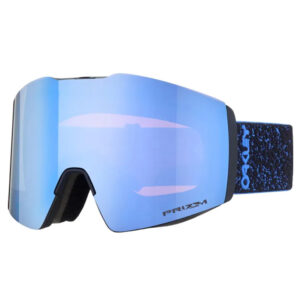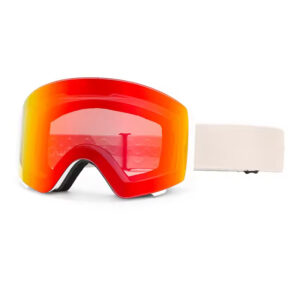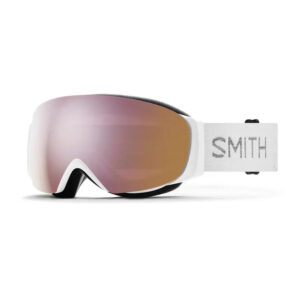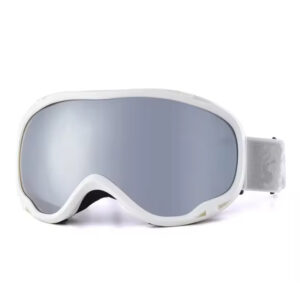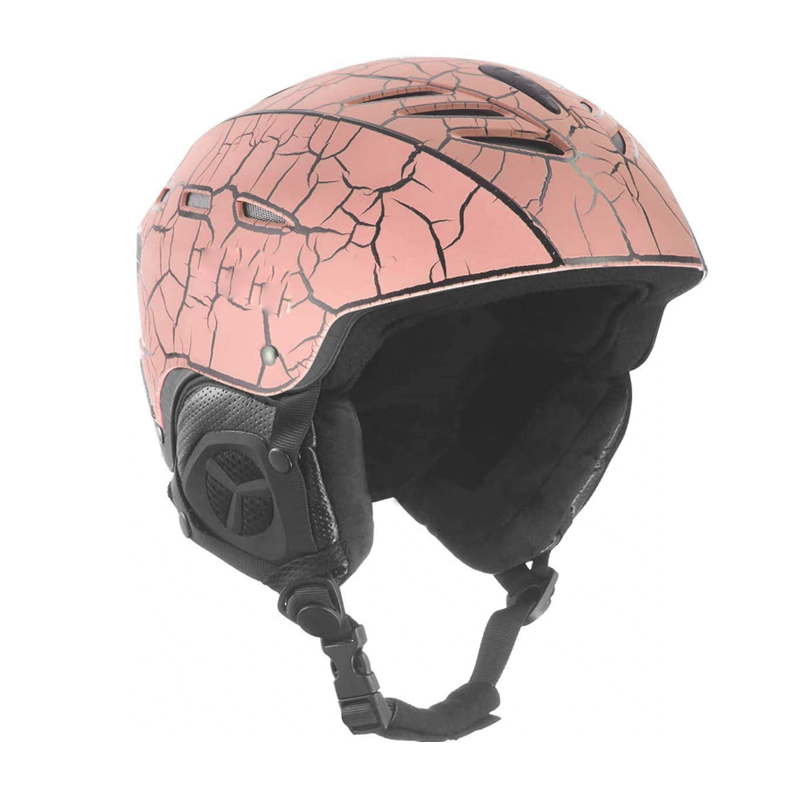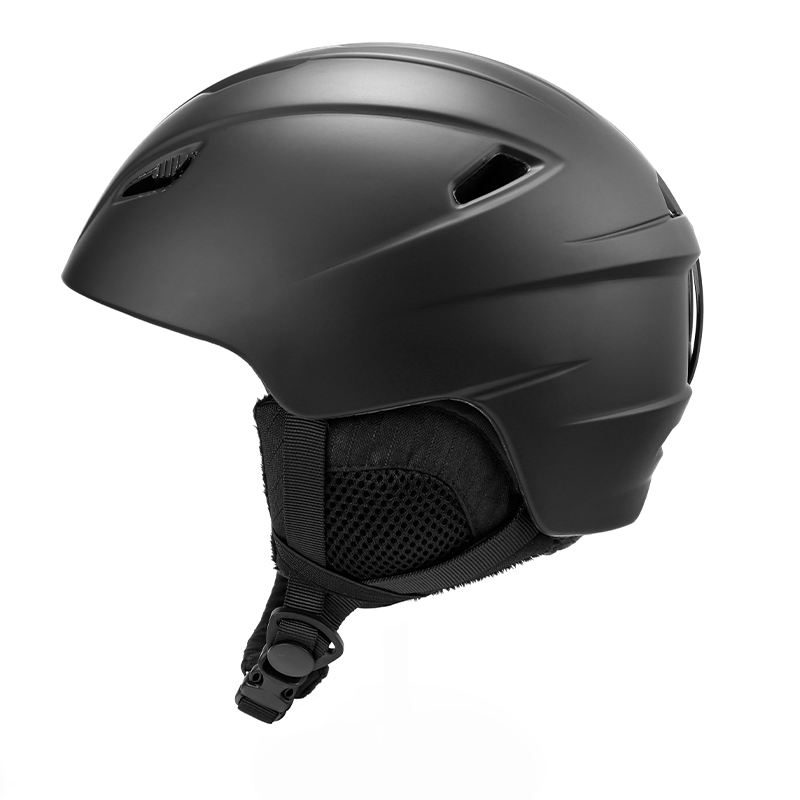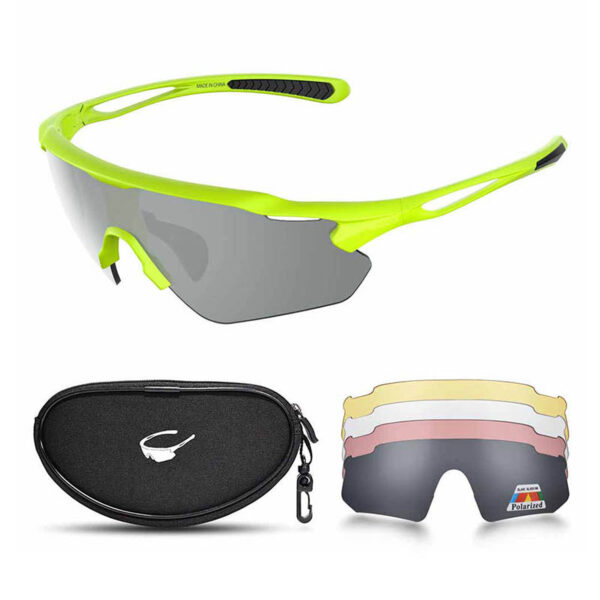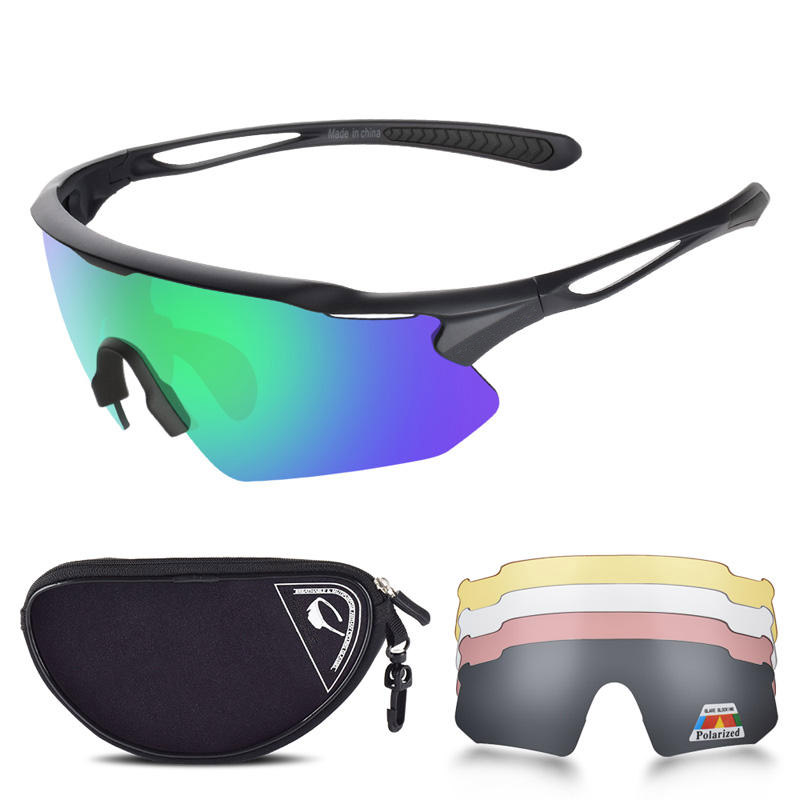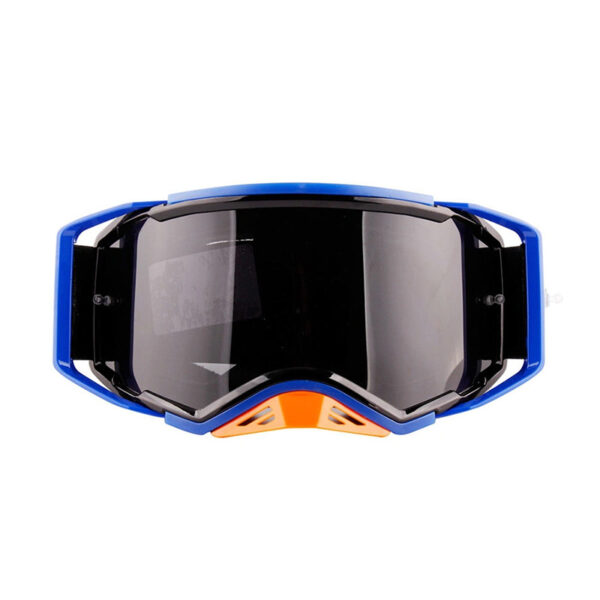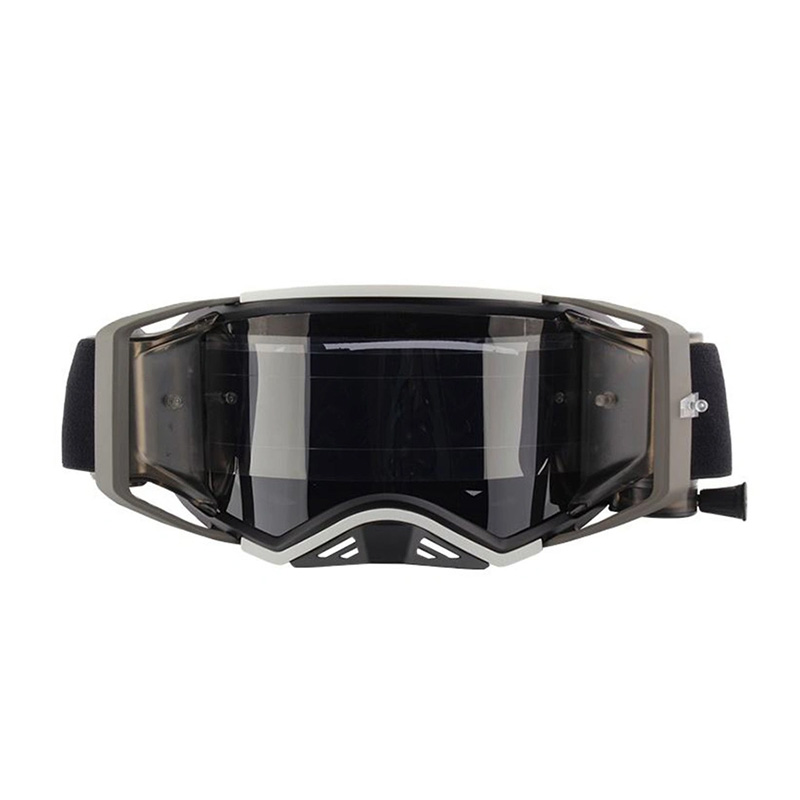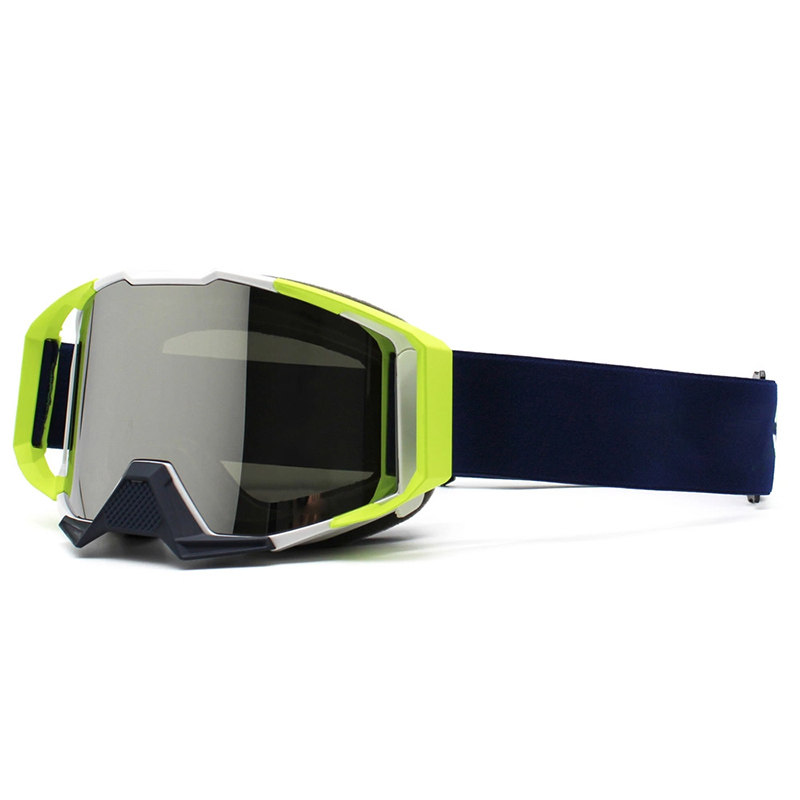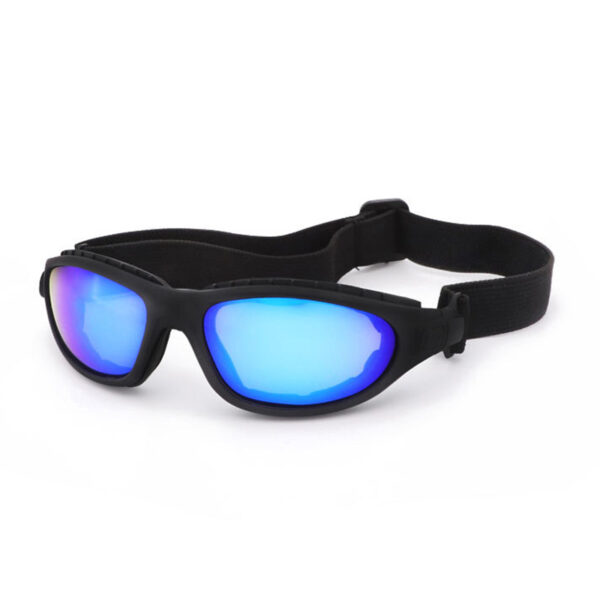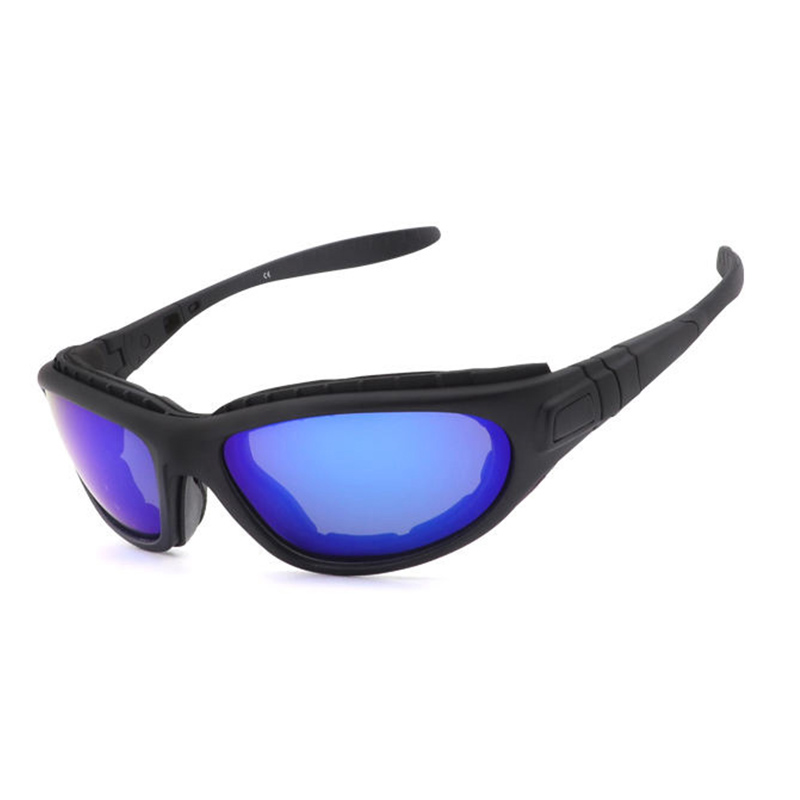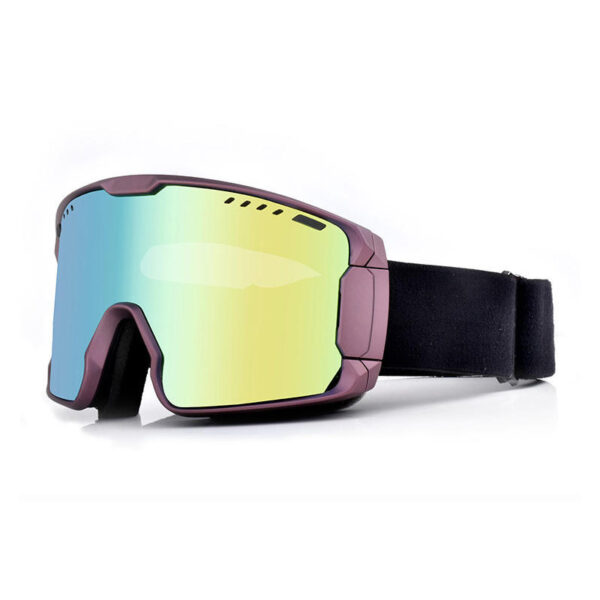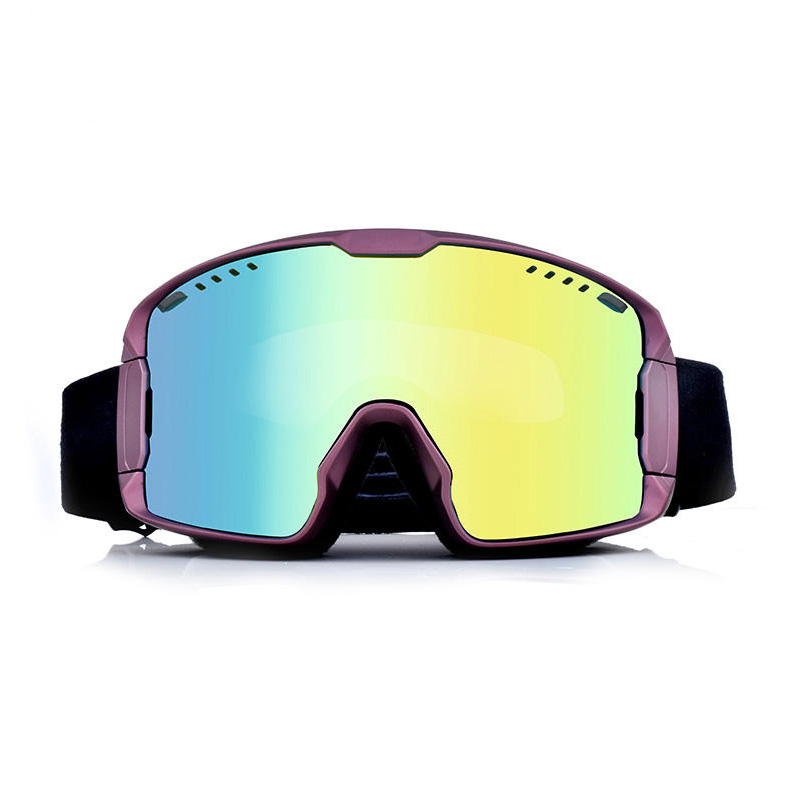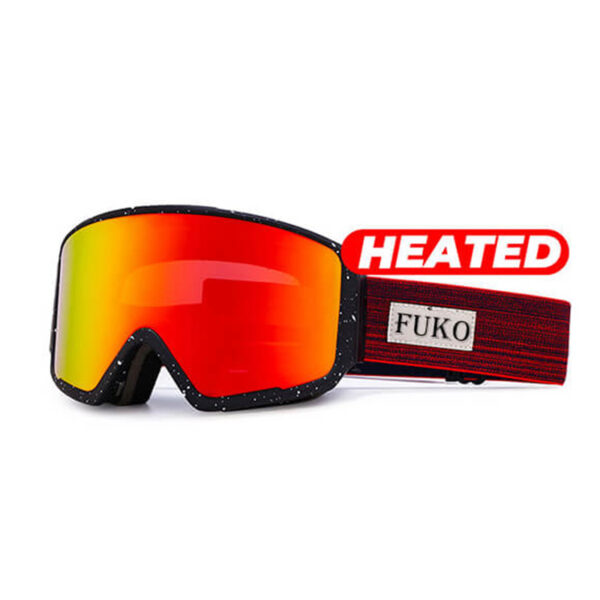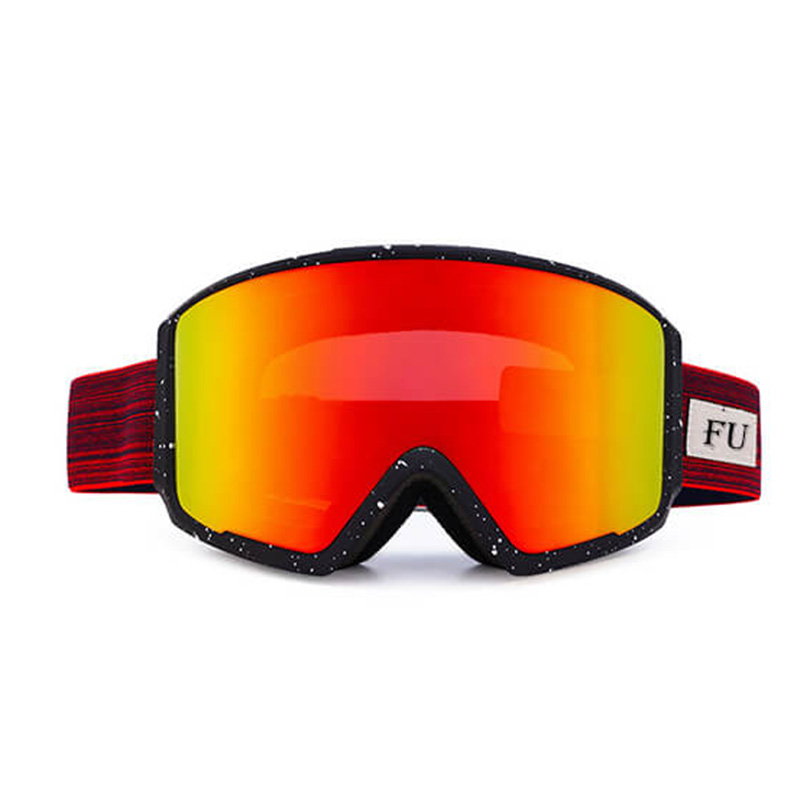Skiing is a fun and exhilarating winter sport that attracts millions of people every year. However, skiing can also be dangerous if you don’t have the right equipment, including proper eye protection. When it comes to ski goggles, many people focus on factors like lens color and visibility, but one of the most important considerations is UV protection. In this article, we’ll explore how much UV protection ski goggles should have and other important factors to consider when choosing the right goggles for your next ski trip.
How much UV protection should ski goggles have?
When it comes to UV protection, ski goggles should provide 100% protection against both UVA and UVB rays. These harmful rays can cause serious damage to your eyes, including cataracts, macular degeneration, and even skin cancer on the eyelids. Look for goggles with a label or sticker that says they offer 100% UV protection or check the manufacturer’s website for more information.
Is UV400 good for skiing?
UV400 is a common label found on many ski goggles and sunglasses. It means that the lenses block all wavelengths of light up to 400 nanometers, which includes both UVA and UVB rays. UV400 is generally considered to be sufficient protection for skiing, as it offers 100% protection against harmful UV rays.
Read More: How Long Do Ski Goggles Last
Are Category 3 sunglasses OK for skiing?
Category 3 sunglasses are designed to allow between 8% and 18% of visible light to pass through the lenses. They are suitable for bright sunny days and provide good glare reduction, but may not be ideal for skiing in low light or overcast conditions. Ski goggles typically have a Visible Light Transmission (VLT) rating between 5% and 50%, depending on the intended use and conditions.
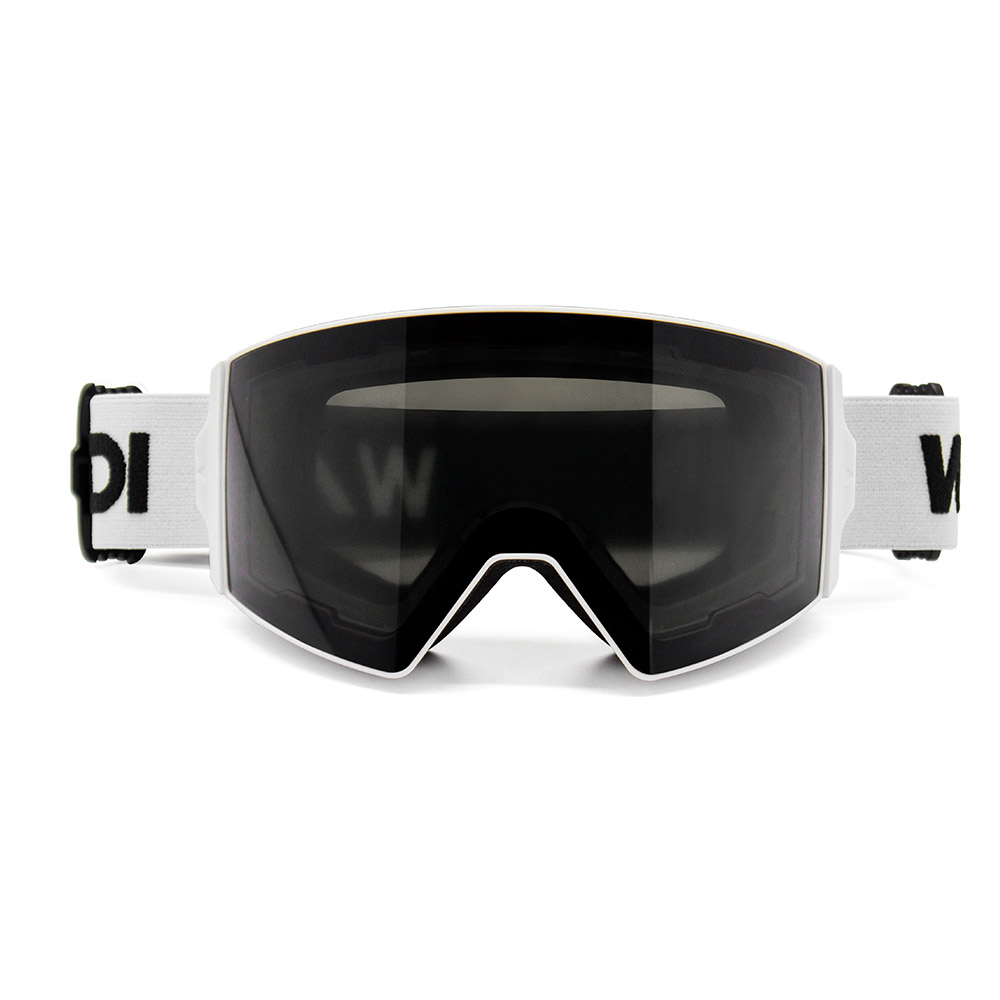
Is higher or lower VLT better?
VLT refers to the amount of visible light that can pass through the lenses of ski goggles. A higher VLT means more light can pass through, making them better for low-light conditions like snowstorms or skiing at night. Lower VLT goggles are better for bright sunny days, as they reduce glare and eye strain. It’s important to choose goggles with a VLT rating that matches the conditions you’ll be skiing in.
Do clear ski goggles have UV protection?
Clear ski goggles have a VLT rating between 70% and 90% and are designed for low-light conditions. Despite lacking the tint of other goggles, they should still offer 100% UV protection if labeled as such. It’s important to check the label or manufacturer’s website to ensure that your clear ski goggles offer the appropriate level of UV protection.
Conclusion
When it comes to skiing, proper eye protection is crucial. Ski goggles should shield your eyes from impact and debris while offering 100% UV protection. Choose goggles with a UV400 label or 100% UV protection sticker and VLT rating matching skiing conditions. With the right goggles, you can enjoy your time on the slopes while keeping your eyes safe and comfortable.
Also Read: How Many Pairs Of Ski Goggles Do I Need?

